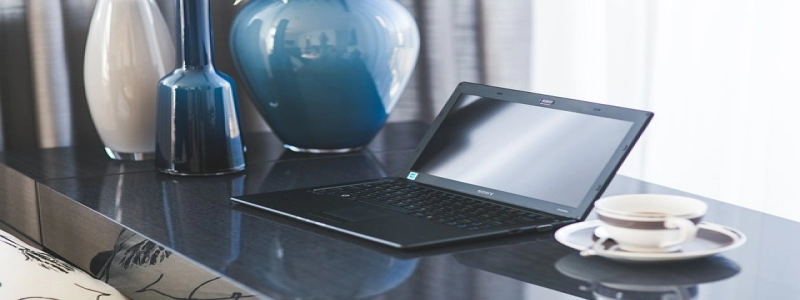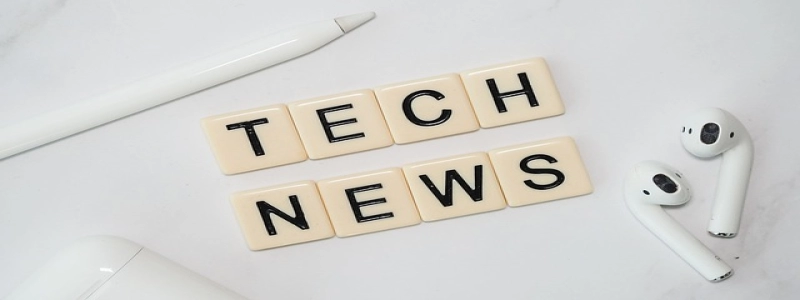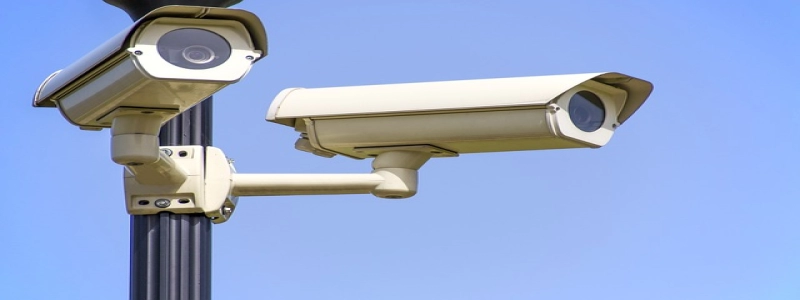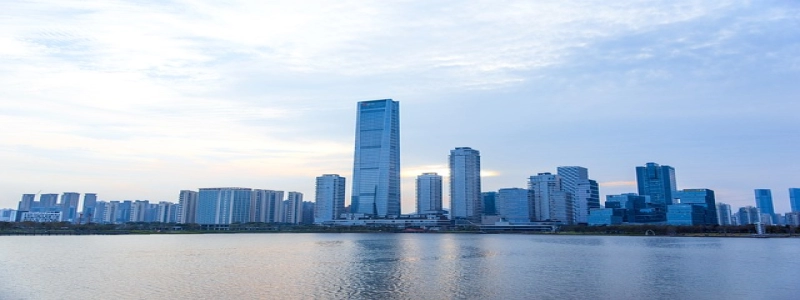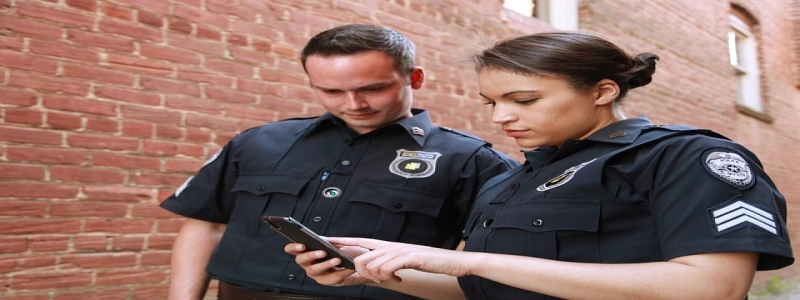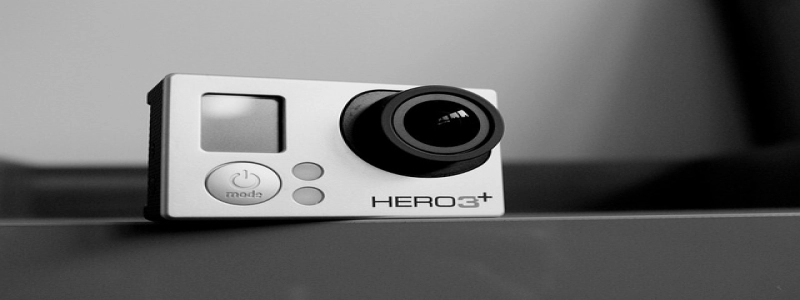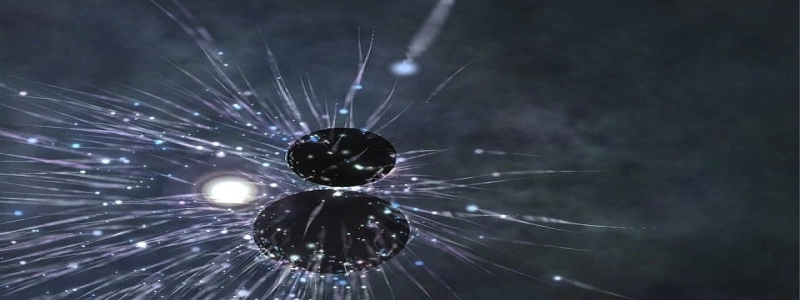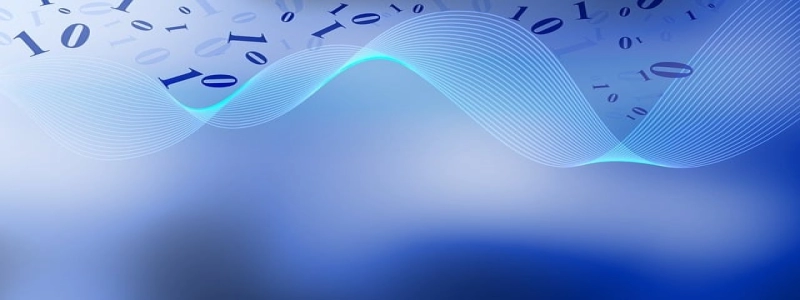Indoor Outdoor Fiber Optic Cable
Introduction
The rapid advancement in communication technology has led to the use of fiber optic cables for efficient data transmission. Fiber optic cables offer several advantages over traditional copper cables, such as higher data transfer rates, greater bandwidth, and immunity to electromagnetic interference. One specific type of fiber optic cable that is widely used for both indoor and outdoor applications is the indoor outdoor fiber optic cable.
1. What is an indoor outdoor fiber optic cable?
An indoor outdoor fiber optic cable is a versatile cable designed to be used in both indoor and outdoor environments. It is constructed with special materials and features to ensure its durability and performance in various settings. This type of cable is suitable for applications that require connectivity between indoor and outdoor spaces, such as buildings, campuses, or industrial facilities.
2. Construction of indoor outdoor fiber optic cable
An indoor outdoor fiber optic cable consists of several layers. The innermost layer is the fiber optic core, which is made of glass or plastic fibers that carry the optical signal. Surrounding the core is a cladding layer, which helps to guide the light within the fiber and reduce signal loss. On top of the cladding layer is the primary buffer coating, which provides protection to the fiber core from moisture, temperature changes, and physical damage.
The next layer is the strength member, which can be made of aramid yarn or fiberglass, providing tensile strength and protecting the fiber optic core against stretching or bending. The outermost layer is the jacket, which shields the cable from environmental factors such as moisture, UV rays, and impact.
3. Features and benefits of indoor outdoor fiber optic cable
– Weather resistance: The jacket of an indoor outdoor fiber optic cable is specially designed to withstand harsh outdoor conditions such as rain, humidity, and extreme temperature variations. This allows it to be used in both indoor and outdoor environments without compromising performance.
– UV resistance: The jacket material of an indoor outdoor fiber optic cable is UV-resistant, protecting the cable from damage caused by prolonged exposure to sunlight. This ensures longevity and reliability in outdoor installations.
– Water resistance: The primary buffer coating and jacket of an indoor outdoor fiber optic cable are moisture-resistant, preventing water penetration and protecting the core from damage. This makes the cable suitable for underground or outdoor installations.
– Durability: The strength member of an indoor outdoor fiber optic cable provides extra durability and protection against bending and stretching, ensuring long-term performance and reliability.
– Easy installation: Indoor outdoor fiber optic cables are designed for easy installation in various settings. They can be installed using traditional cable installation methods such as conduit or aerial installation.
Conclusion
Indoor outdoor fiber optic cables offer a versatile and reliable solution for connecting both indoor and outdoor spaces. With their weather resistance, UV resistance, water resistance, durability, and ease of installation, these cables are an ideal choice for applications that require seamless connectivity and high-speed data transmission across different environments. Whether it’s for connecting buildings in a campus, linking industrial facilities, or establishing communication networks, indoor outdoor fiber optic cables prove to be a valuable asset in the modern era of communication technology.
